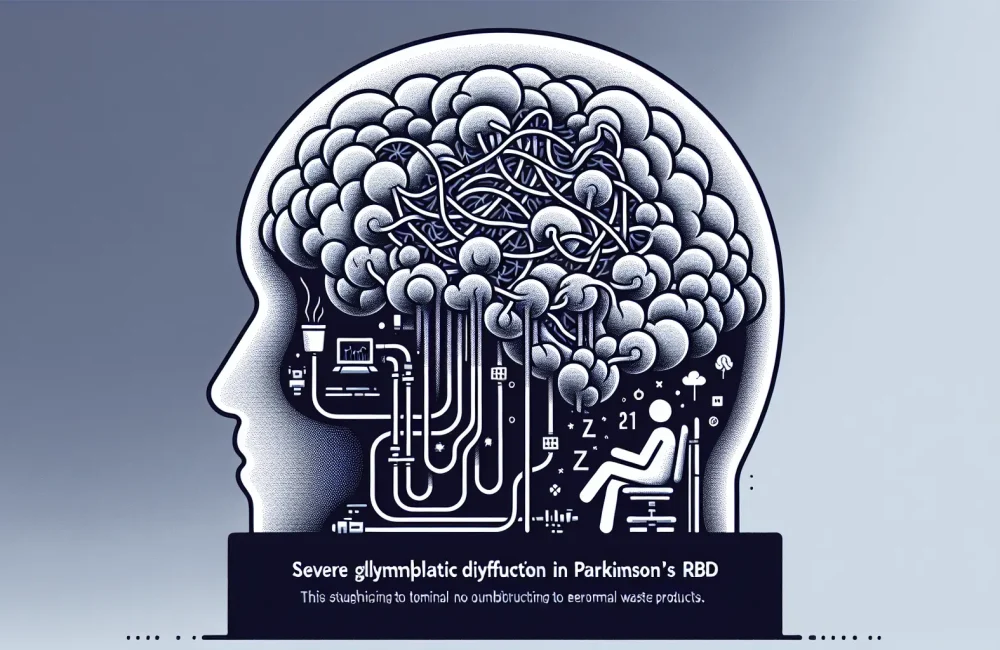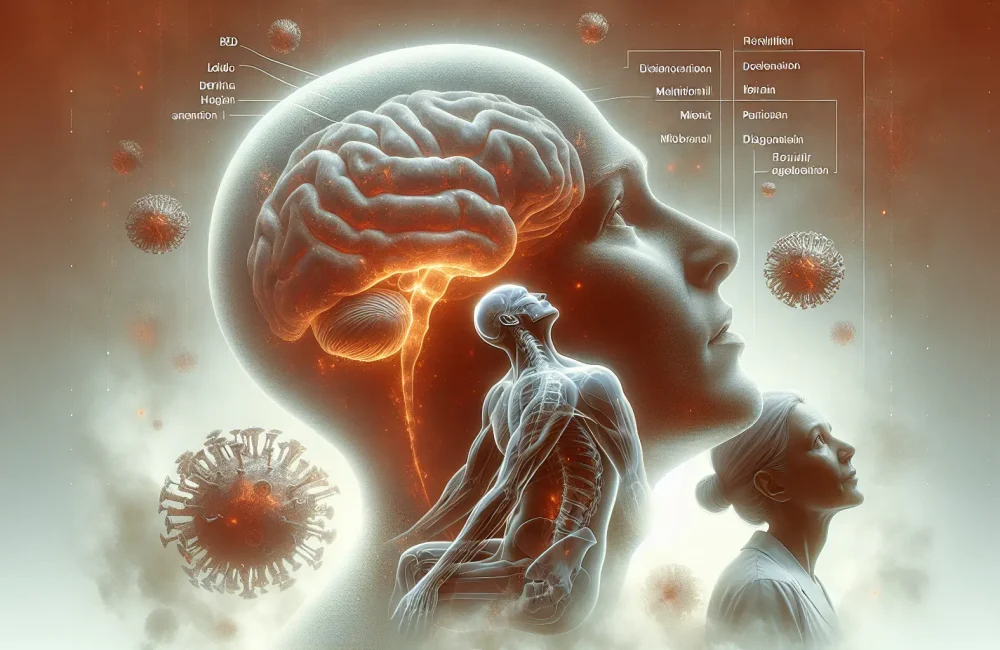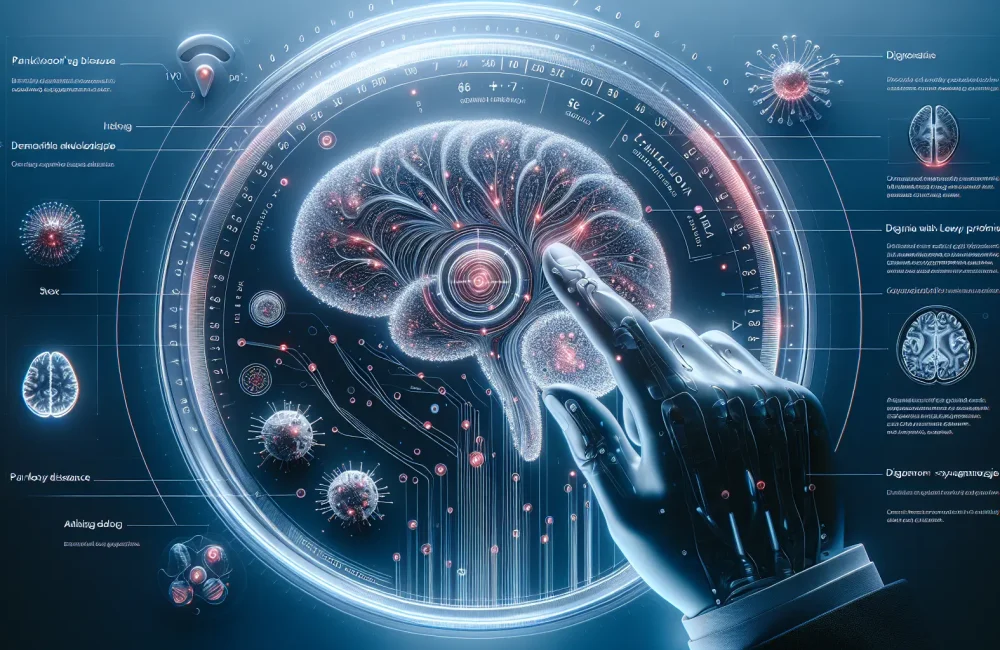By CAFMI AI From npj Parkinson’s Disease (Open Access)
Advanced Speech Analysis for Neuropsychiatric Monitoring in Parkinson’s Disease
Neuropsychiatric symptoms (NPS) such as mood fluctuations, cognitive changes, and psychosis are common in Parkinson’s Disease (PD) but notoriously difficult to monitor consistently. These symptoms fluctuate over time, and traditional methods rely heavily on patient self-report or clinician observation, both of which can be subjective and episodic. This creates challenges for timely detection and intervention, which are crucial for improving patient quality of life.
Recent research has explored the use of large language models (LLMs), employing natural language processing techniques to analyze patients’ spontaneous speech. By capturing subtle linguistic cues, LLMs can detect neuropsychiatric fluctuations in real time, offering a non-invasive, continuous monitoring tool. This approach leverages data from routine clinical interactions or remote assessments, where patients’ own words become the source of objective symptom tracking.
The method marks a shift from snapshot assessments toward dynamic monitoring, which can better capture the waxing and waning nature of NPS in PD. For clinicians, this offers a promising complementary tool to augment their evaluations, potentially leading to earlier identification of worsening symptoms and more responsive management plans.
Study Design, Findings, and Clinical Accuracy
The study analyzed a dataset of speech samples collected from Parkinson’s patients, with concurrent clinical evaluations annotating fluctuations in neuropsychiatric symptoms. These annotations served as reference labels for training advanced LLMs fine-tuned specifically to recognize subtle language changes associated with NPS.
The models demonstrated a significant ability to classify different neuropsychiatric states, outperforming traditional symptom rating scales that depend on subjective clinician interpretation. Key symptoms tracked included depressive episodes, cognitive impairment, and psychosis, all of which manifested distinct language features identifiable by the LLMs.
Model output visualizations showed close alignment with clinical assessments over time, supporting the potential of this AI-driven speech analysis as a reliable biomarker. Importantly, the technique could detect early warning signs for symptom exacerbations, opening the door for pre-emptive clinical interventions which are critical in managing progressive disorders like PD.
Implications, Challenges, and Future Directions
This AI-powered speech analysis approach holds promise for transforming Parkinson’s care by enabling continuous, objective monitoring of neuropsychiatric symptoms outside clinic visits. However, challenges remain, including ensuring model generalizability across diverse patient populations and accounting for variations in speech due to comorbidities or medication effects.
Future research aims to integrate this technology into clinical workflows, combining it with other digital biomarkers and wearable sensors. Additionally, ethical considerations regarding data privacy and informed consent must be carefully addressed.
Overall, this work pioneers a novel avenue for personalized medicine in Parkinson’s Disease, potentially improving symptom management and patient quality of life through timely and precise interventions.
Read The Original Publication Here






